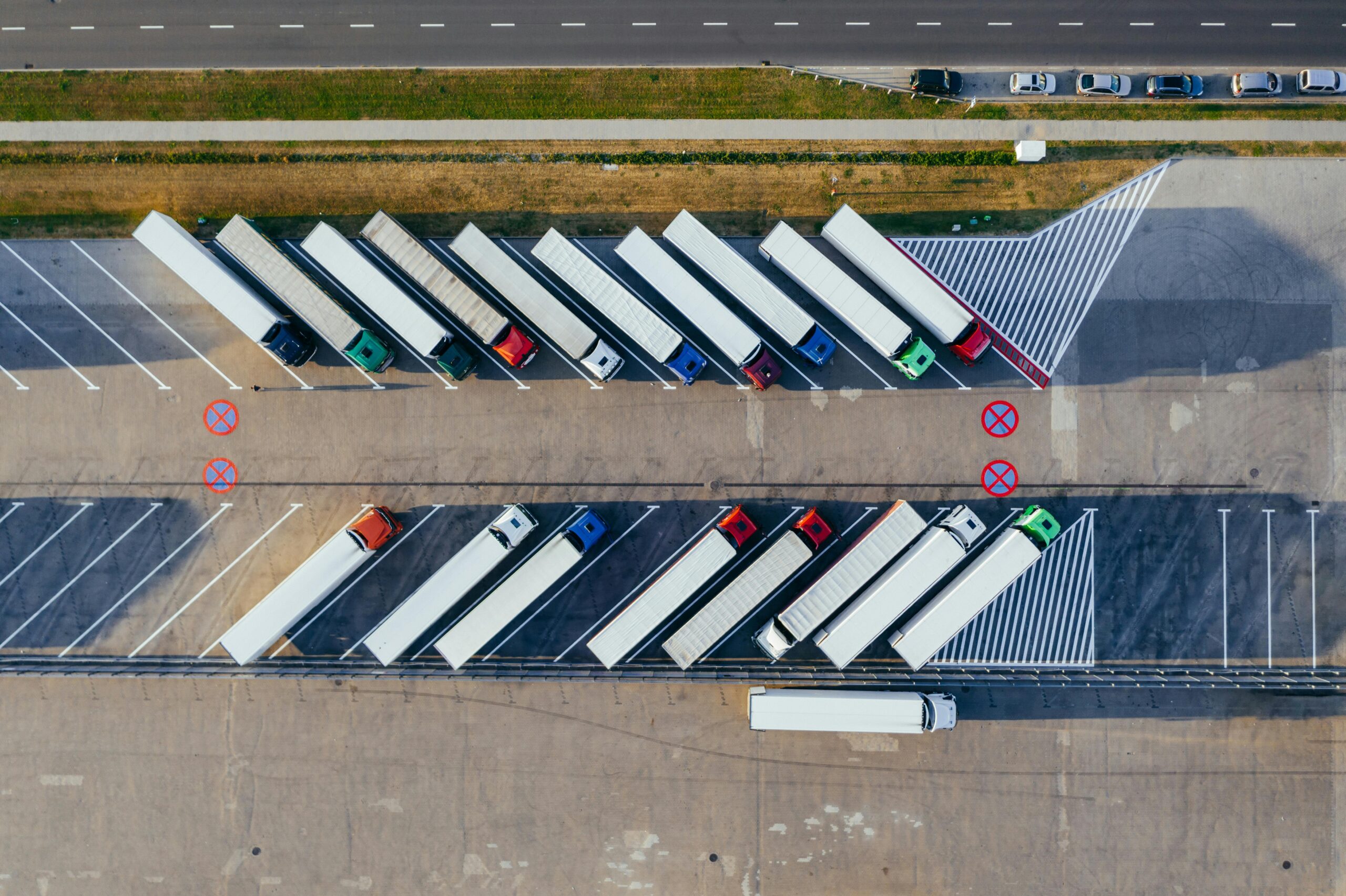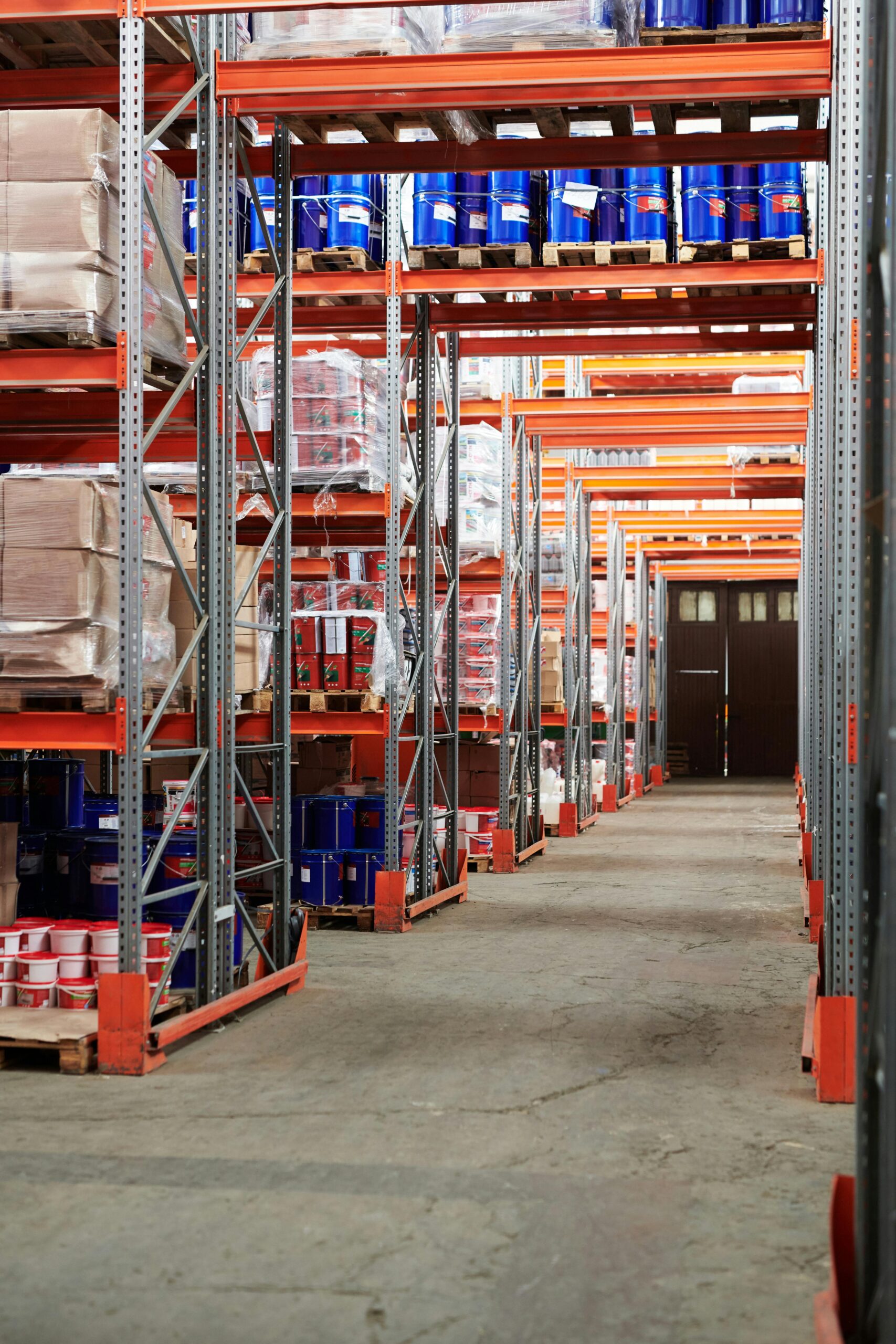Amidst the profound restructuring of global supply chains, Chinese foreign trade enterprises are achieving remarkable cost advantages through the “one-stop procurement from raw materials to finished products” model. Calculations reveal that this innovative procurement system reduces comprehensive costs by 47% compared to traditional agency models, driven by revolutionary innovations in supply chain organization. This article deciphers the economic logic behind this transformation with empirical data.

I. The Multi-Layered Cost Traps of Traditional Agency Models (Table 1)
| Cost Category | Traditional Agency | One-Stop Procurement | Reduction | Key Mechanisms |
| Raw Material Procurement | 13.8% | 6.1% | -56% | Direct Sourcing + Bulk Negotiation |
| Logistics Costs | 9.2% | 5.6% | -39% | Multimodal Transport + Route Optimization |
| Intermediary Fees | 21.4% | 6.0% | -72% | Elimination of 3-5 Middlemen Layers |
| Quality Control Costs | 5.3% | 2.8% | -47% | Digital Factory Inspection System |
| Financing Costs | 8.7% | 4.1% | -53% | Supply Chain Finance Integration |
| Total Costs | 58.4% | 31.3% | -47% | Full-Link System Optimization |
Case Study: A Zhejiang textile company reduced T/C blended fabric procurement costs from 2.8/yard to 1.5/yard via Alibaba’s 1688 Cross-Border Supply Platform, bypassing four intermediary layers (raw material suppliers, local agents, provincial agents, export agents) that previously added 18% markup.
II. The Architectural Revolution of One-Stop Procurement
- Cluster Synergy Effects
- The Yangtze River Delta’s “3-Hour Supply Circle” enables electronic manufacturers to complete chip packaging to final assembly within a 150km radius, boosting mold-sharing rates to 73% and cutting transport time by 40%. In Guangdong’s Zhongshan lighting cluster, shared electroplating centers slashed surface treatment costs from ¥25/unit to ¥9/unit.
- Digital Backbone for Cost Reduction
- Alibaba International’s smart matching system compresses supplier screening from 28 days to 72 hours, while digital factory inspections reduce quality certification costs by 62%. A bathroom fixtures manufacturer cut sampling approval cycles from 45 days to 7 days using 3D real-time inspection systems.
- Optimized Logistics Networks
- Cainiao’s global supply chain links factories, ports, and overseas warehouses directly. At Ningbo-Zhoushan Port, container turnaround time hits 38 minutes/unit—three times faster than traditional models. A Shenzhen electronics firm reduced U.S. route shipping costs from 4,200/FEU to 2,700/FEU through consolidated shipments.

III. The Deep Logic of Cost Restructuring
- Exponential Compression of Transaction Costs
- Wuhan University research shows one-stop procurement reduces:
- Information search costs by 89%
- Contracting costs by 76%
- Compliance monitoring costs by 63%
In auto parts, digital credit systems lowered contract disputes from 17% to 2.3%.
- Paradigm Shift in Capital Efficiency
- Cross-border finance tools like “LockFX” helped a Jiangsu machinery firm reduce forex losses from 3.2% to 0.7%. Accounts receivable financing rates dropped from 8.9% to 4.1%, while cash conversion cycles shortened from 98 days to 41 days.
- Unmasking Hidden Costs
- A Dongguan furniture company slashed overseas return rates from 15% to 3% via digital quality control. Shandong tire manufacturers using blockchain traceability cut quality claim resolution from 74 days to 11 days.
IV. Empirical Validation: Industry-Level Cost Restructuring
- Small Commodity Cost Matrix (Yiwu Case)
| Category | Traditional Cost | One-Stop Cost | Reduction | Core Measures |
| Daily Goods | $0.38 | $0.21 | -45% | Bulk Sourcing + Mold Sharing |
| Crafts | $1.12 | $0.63 | -44% | 3D Printing + Smart Design |
| Luggage | $8.7 | $4.9 | -44% | Automated Cutting + Joint Procurement |
2. Electromechanical Cost Curves (Xuzhou Machinery Cluster)
Hydraulic component procurement via industrial internet platforms consolidated suppliers from 217 to 43, cutting negotiation costs by 82%. Shared welding robot platforms boosted equipment utilization from 31% to 79%, reducing per-unit processing costs by 54%.

V. The Ripple Effects of the Cost Revolution
China’s cost advantage is redrawing global trade flows:
- Bangladesh’s garment industry sources synthetic fibers via Chinese platforms at 22% lower costs than Indian channels.
- Mexican appliance assemblers using Chinese one-stop procurement gain 5-day logistics advantages over U.S. suppliers.
- Vietnamese electronics plants reduced component inventories from 45 days to 12 days with Chinese supply chain services.

No responses yet